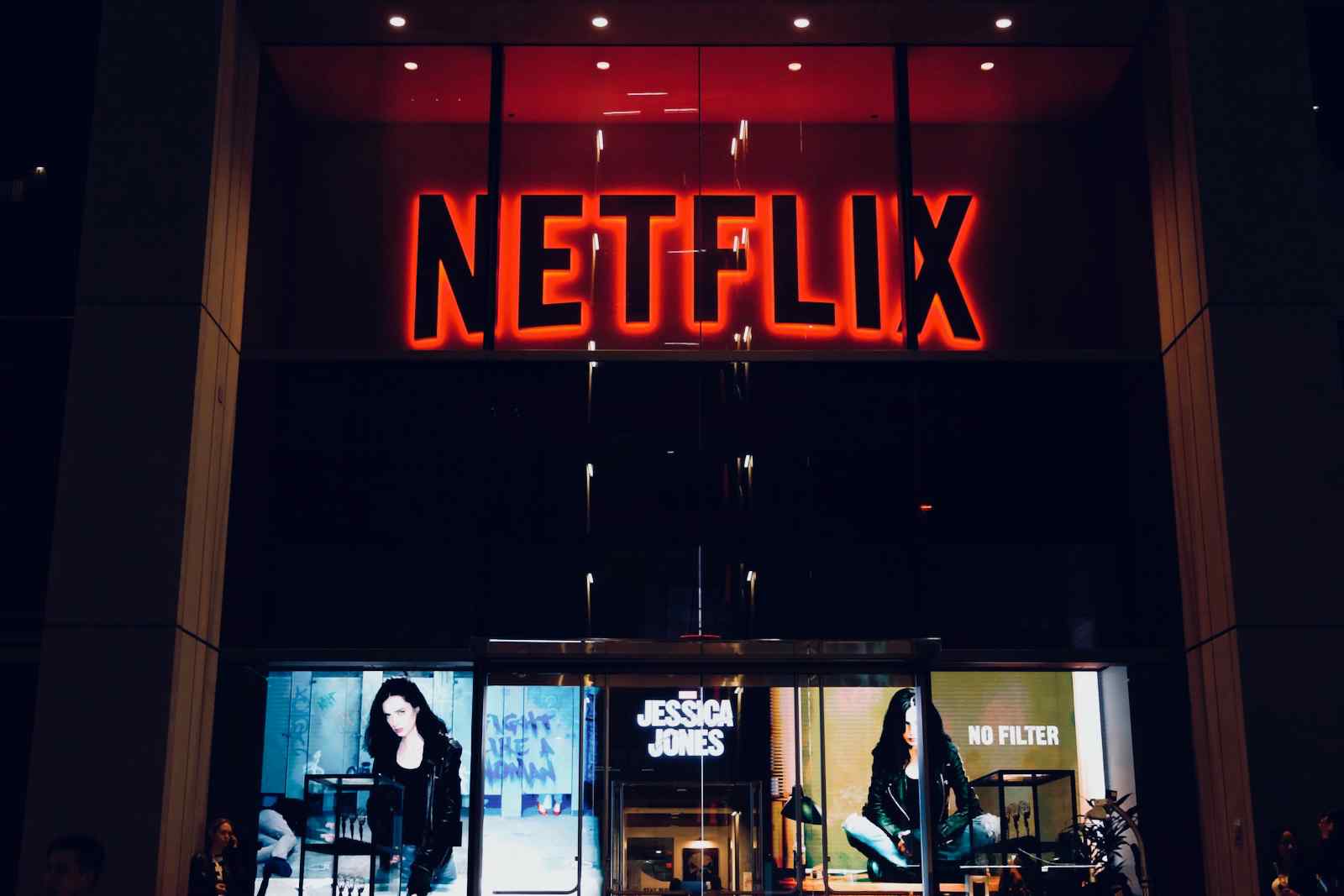
Netflix binge-watching marathons has become a popular plan for a huge percentage of the 130 million people subscribed to the platform worldwide. At the same time, more than 1.5 billion users have used Youtube to access music, despite being Google’s tool a non-exclusive music streaming service. Others, around 70 million users on Spotify and 175 million on SoundCloud, do specifically reach those platforms seeking out their favourite artist. These four platforms didn’t exist just 20 years ago, but they have made fundamental changes in the creative economy all along these years. Consequently, they have reshaped the industry in a whole new business model, based on technology and a new creator/publisher/consumer conception.
In fact, technology platforms nowadays offer almost all music and video content that users demand. These streaming and on-demand services use highly developed AI background to give users what they want to watch, or make them stay within their platform through recommendations and related content. This is creating a new habit amongst users and publishers alike, who instead of accessing what they want to consume, it is the product which in fact actively reach them.
“AI is helping creators more effectively match content with audiences. Algorithms based on neural networks learn and classify a user’s preferences – from movies streamed on Netflix, music listened to on Spotify or products purchased on Amazon. Providers can then recommend content tailored to a specific user,” said a recently released report carried out by the World Economic Forum and McKinsey & Company.
The debate here rises in the shape of how this consumer’s exposure to AI-powered related content is measured or controlled. These platforms, with social media among them, are currently shaping, through their algorithms, the content users access to and as so, filtering cultural production in unprecedented ways. While Facebook, Netflix or Google counts their users in billions, little is left outside their platforms. Thus, they can easily contour the cultural production.
Everything left to be sorted by AI also have others and even more worryingly consequences. News and journalistic information also belongs to the creative industry. And albeit Google and Facebook actively fighting “fake news” and malicious content, their hands are tied when it is their background algorithm which actually filter such information. In most cases, it isn’t able to make out genuine news from fake ones. However, “the problem did not emerge with AI, the use of the technology has increased the spread of misinformation and disinformation. As the platforms grapple with this issue they find themselves tied to questions about how to govern AI even as they push the boundaries of what can be achieved,” pointed out the report.
AI might be the great game-changer within the creative economy, but others emerging technologies, less invasive though equally important, are also making their way through. Augmented Reality and Virtual Reality are ready to set users off the ground, almost literally. Big players such Sony, Facebook or HTC on PC have released their devices with a certain degree of success.
The report states that this personal and private experience can help both users and creators to build products that have never been experienced before. In fact this “immersive media can transform content in the shape of humanitarian stories and workplace diversity training by providing users with situational perspectives that can help avoid stereotypes and false narratives,” it said, while “Other studies have detailed how experiences of content changes when participants use different immersive devices. The right combination of story and device could make content more effective than if presented through traditional media.”
This content can go beyond common movies or cultural products but can be filled with personal experiences. A VR expert, cited by the report, even assured that, through this technology, would be even possible to create physical memories. “Think of everything you forget about a birthday party when you’re a kid. [With widespread VR content capture], the rig would capture everything … It is going to be interesting to see what happens when we aren’t able to forget anything any more.” he said.
So far, AI and AR/VR are already shaping today’s production, platforms and consumption of cultural products. Their roles, nonetheless, haven’t changed that much after the implementation of these technologies. Users pay for a content which is provided by an intermediary. The monetisation process keeps leaving the most important players aside.
To overcome such unfair profit sharing, artists have seen in the blockchain distributed ledger technology their best ally. “Blockchain has the potential to change the level of control artists have over their work. As outlined below, the technology could allow artists to programme their intellectual property rights, revenues and royalties into smart contracts that quickly and transparently allocate revenue to contributors. By removing the intermediaries between artist and consumer, blockchain may solve data and money issues in creative content,” mentioned the report.
It will also clarify property rights and fairly distribute them among all players involved in the process. Every party, then, would receive their revenue according for what it has been actually sold and profited with little doubt of the participation. A much straight forward revenue system that would also allow real-time data to be gathered and used by distributors and creators alike. It might not be the remedy for an unfair cultural industry, but blockchain presents itself as the creator’s best option to even the odds in a platform-dominated cultural economy.

Hernaldo Turrillo is a writer and author specialised in innovation, AI, DLT, SMEs, trading, investing and new trends in technology and business. He has been working for ztudium group since 2017. He is the editor of openbusinesscouncil.org, tradersdna.com, hedgethink.com, and writes regularly for intelligenthq.com, socialmediacouncil.eu. Hernaldo was born in Spain and finally settled in London, United Kingdom, after a few years of personal growth. Hernaldo finished his Journalism bachelor degree in the University of Seville, Spain, and began working as reporter in the newspaper, Europa Sur, writing about Politics and Society. He also worked as community manager and marketing advisor in Los Barrios, Spain. Innovation, technology, politics and economy are his main interests, with special focus on new trends and ethical projects. He enjoys finding himself getting lost in words, explaining what he understands from the world and helping others. Besides a journalist, he is also a thinker and proactive in digital transformation strategies. Knowledge and ideas have no limits.


























